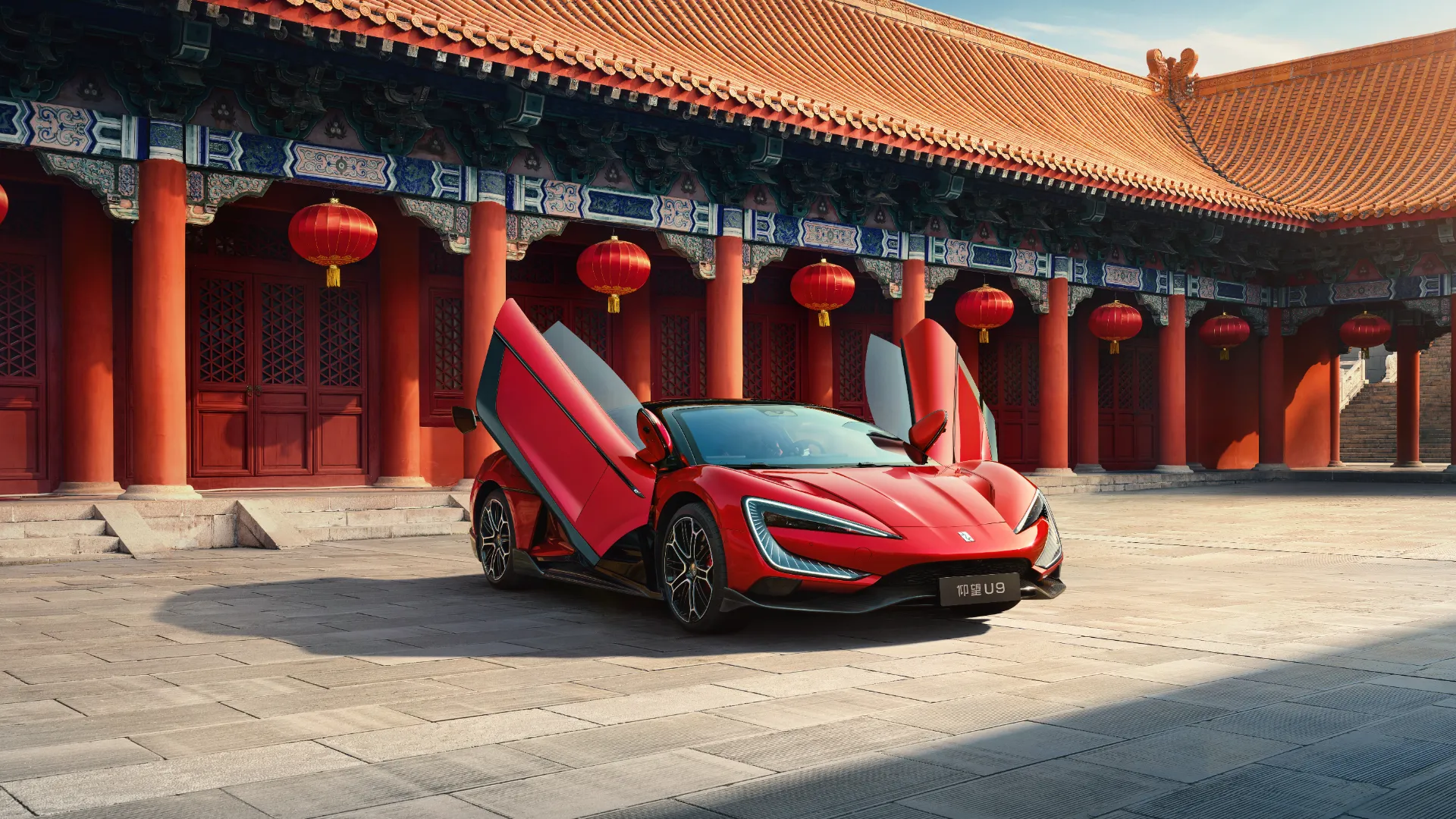
BYD U9: China's 1,300HP Electric Hypercar Redefining Performance Boundaries
- Jackson Whitmore
- Electric vehicles , Hypercars
- August 18, 2025
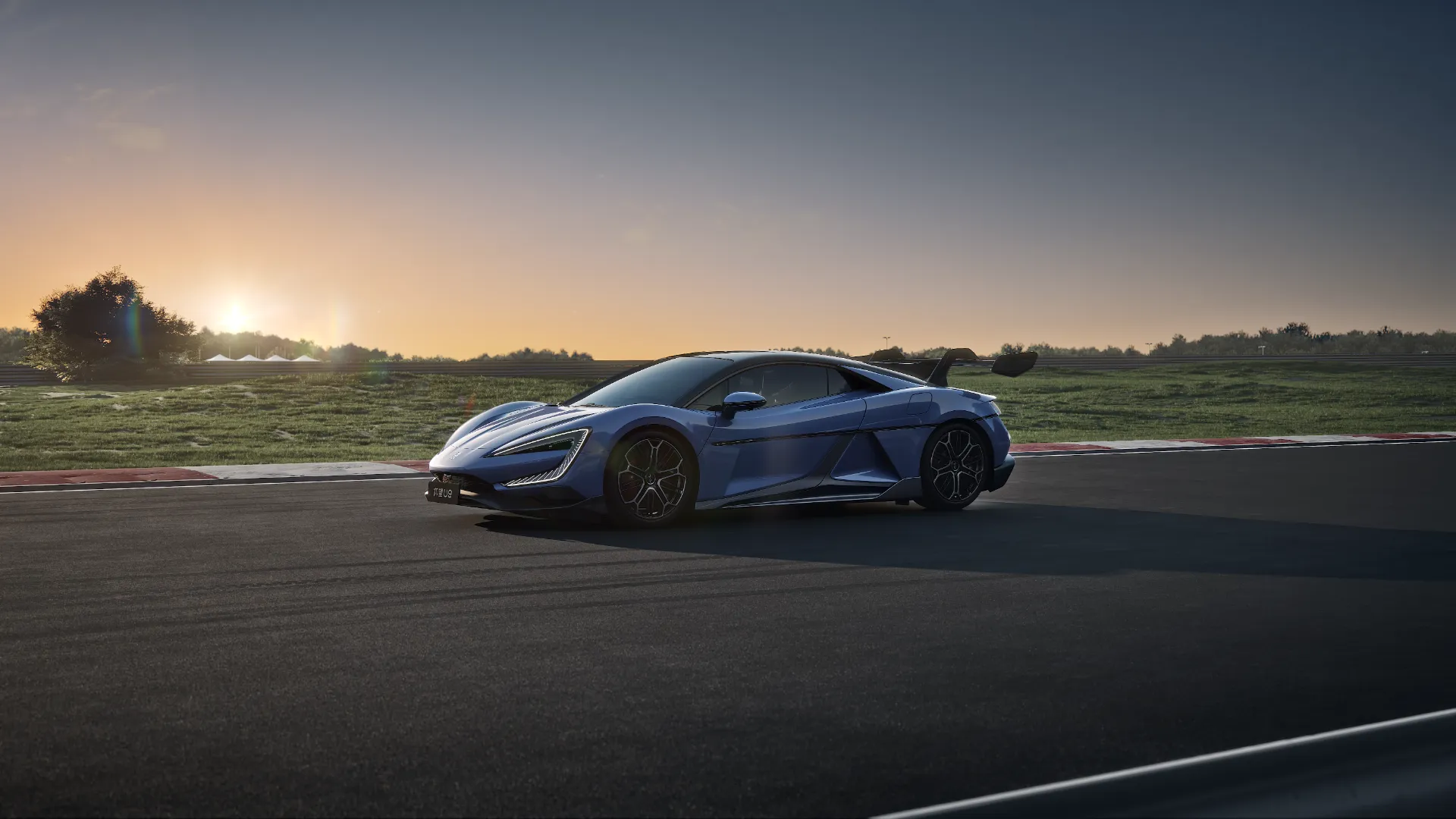
For decades, the hypercar realm has been dominated by familiar Western names—Ferrari, Lamborghini, Bugatti, Koenigsegg. The script was predictable: European heritage, limited production, astronomical price tags, and the occasional Japanese challenger like Nissan’s GT-R. But in 2025, that narrative is being dramatically rewritten by an unlikely protagonist from China: the BYD U9.
Wait, BYD? The company that started making cell phone batteries? Yep, that’s the one. And if you’re still thinking of Chinese cars as cheap knockoffs or budget alternatives, the U9 is about to shatter those preconceptions faster than it hits 60 mph—which, by the way, happens in a mind-bending 2.36 seconds.
I’ve spent the past month diving deep into what might be the most significant automotive statement from China yet. The U9 isn’t just impressive “for a Chinese car”—it’s a legitimate contender in the global hypercar arena, full stop. And it might just be the clearest signal yet that the automotive world’s center of gravity is shifting eastward.
The Quick Specs: Breaking Down the Beast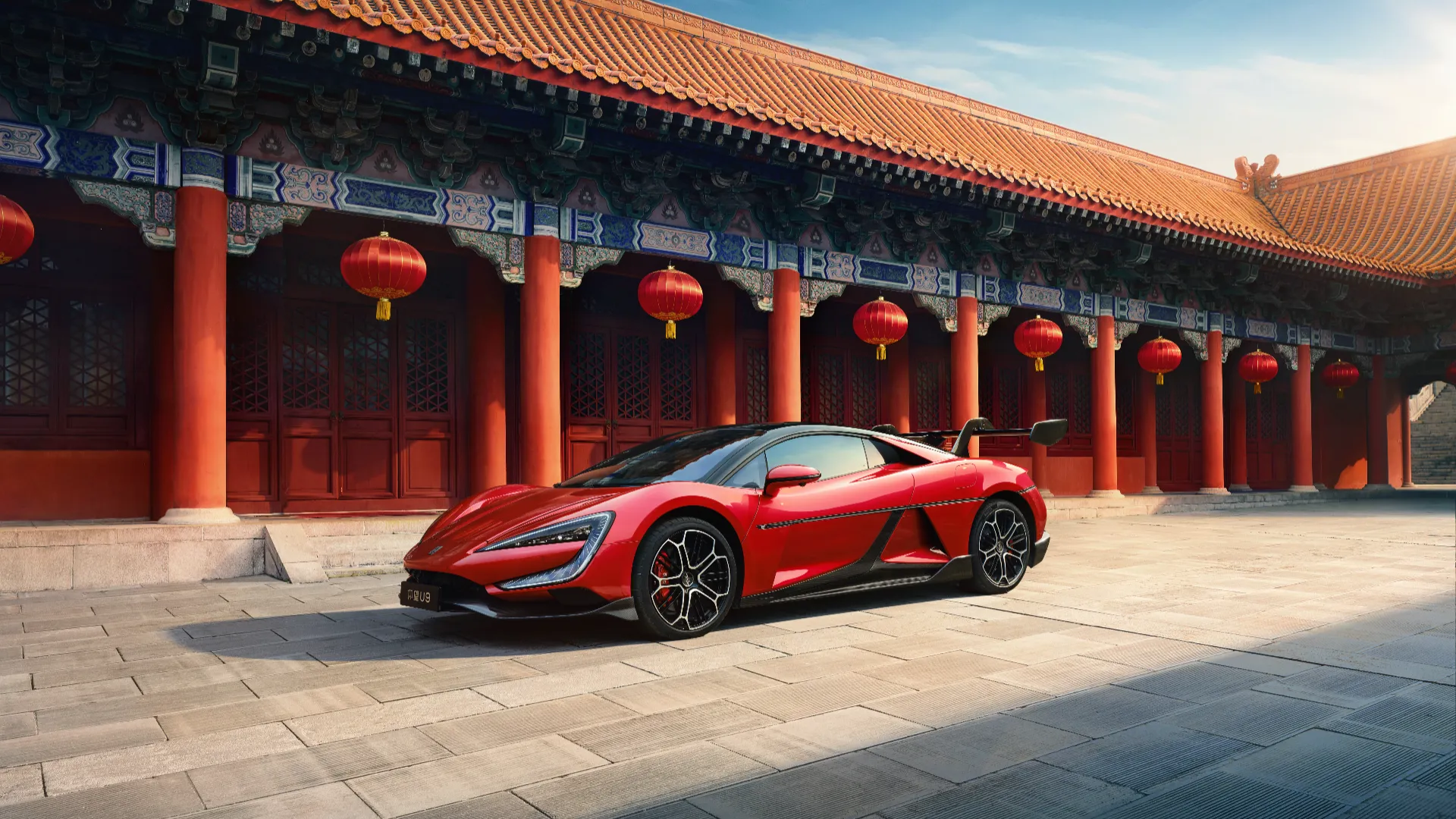
Before we dive into the details, let’s get the headline-grabbing numbers out of the way:
| Feature | Specification |
|---|---|
| Power Output | 1,288 PS (1,270 horsepower / 947 kW) from quad motors |
| Torque | 1,680 Nm (1,239 lb-ft) |
| 0-60 mph (0-100 km/h) | 2.36 seconds |
| Top Speed | 309.19 km/h (192 mph) |
| Quarter Mile (0-400m) | 9.78 seconds |
| Battery Capacity | 80 kWh |
| Charging | Up to 500 kW fast charging capability |
| Suspension | DiSus-X system with 75mm travel and 500mm/s lifting speed |
| Torsional Stiffness | 52,211 N·m/deg |
| Price | ¥1.68 million (approx. $233,000) |
| Special Feature | Can “dance” and “jump” using the DiSus-X system |
BYD U9 vs. The Competition: How Does It Stack Up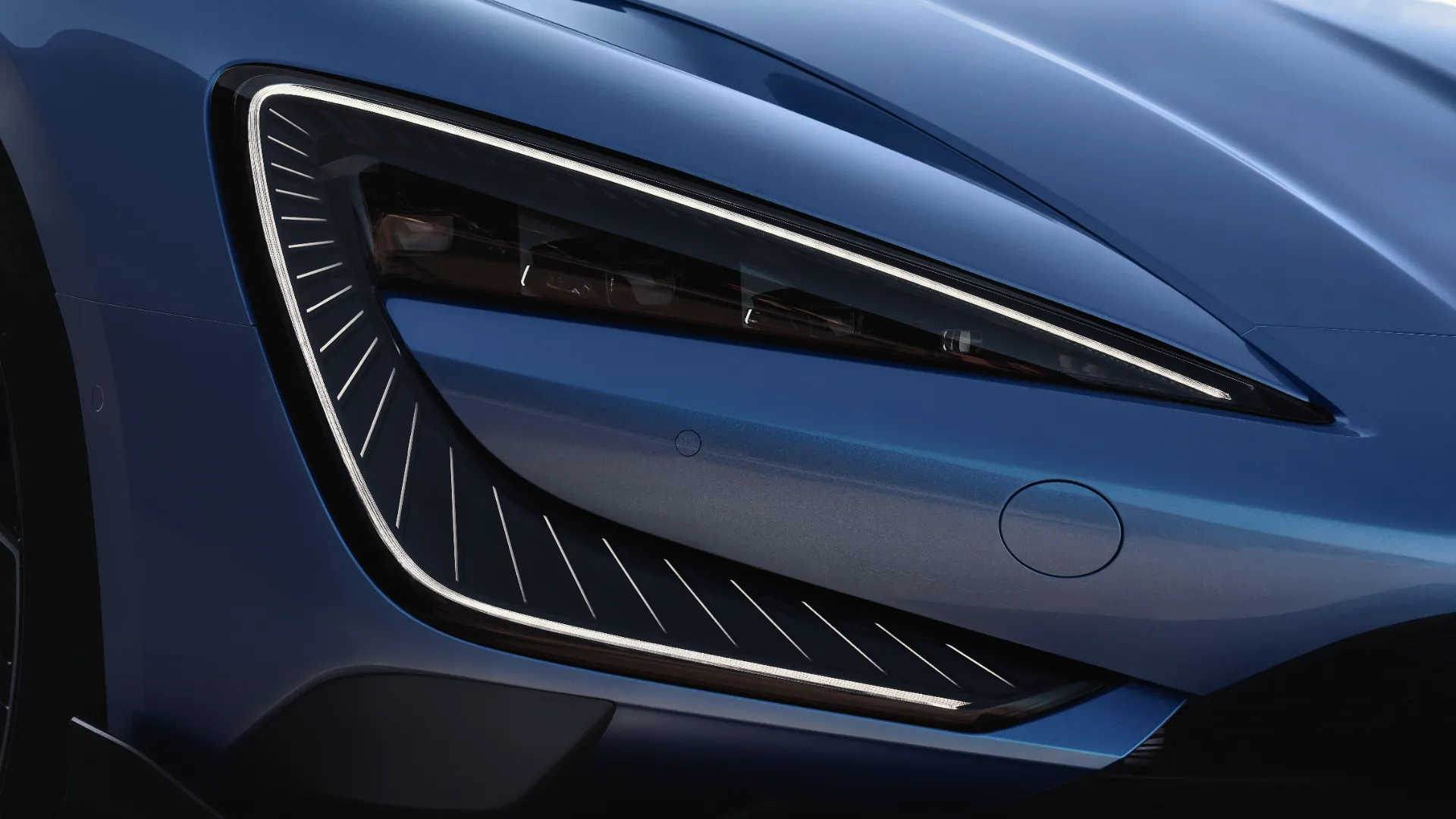
When spending hypercar money, you have options. Here’s how the U9 compares to established rivals:
| Feature | BYD U9 | Rimac Nevera | Tesla Roadster (2025) | Lotus Evija |
|---|---|---|---|---|
| Power | 1,270 hp | 1,914 hp | 1,100+ hp (est.) | 2,000 hp |
| 0-60 mph | 2.36 sec | 1.85 sec | 1.9 sec | 2.3 sec |
| Top Speed | 309 km/h | 412 km/h | 400+ km/h | 320+ km/h |
| Quarter Mile | 9.78 sec | 8.6 sec | 8.8 sec (est.) | 9.1 sec |
| Price | $233,000 | $2.4 million | $250,000 | $2.3 million |
The most striking thing about this comparison? The U9 delivers 90% of the performance at roughly 10% of the price of the European electrics. That’s not just competitive—it’s potentially industry-reshaping.
BYD’s Journey: From Battery Maker to Hypercar Innovator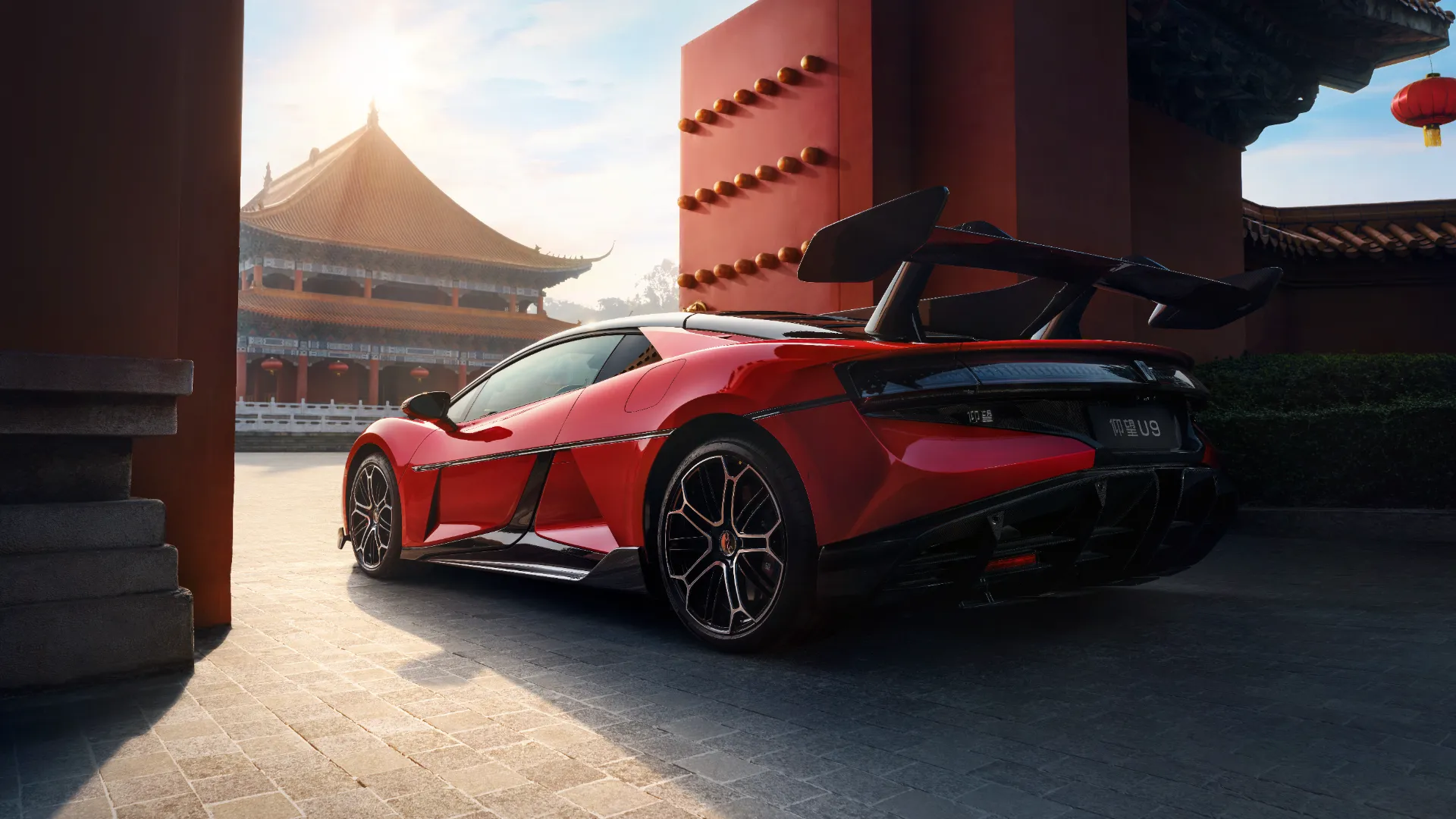
BYD’s transformation from a battery manufacturer to a hypercar producer might seem improbable, but it’s been methodically planned. Founded in 1995 as a battery company (BYD stands for “Build Your Dreams”), the company entered the automotive market in 2003 after acquiring Qinchuan Automobile Company. In 2023, BYD launched YANGWANG as its high-end sub-brand, with the U9 as its flagship hypercar.
“We’ve always been an energy technology company first, and a car company second,” explains Wang Chuanfu, BYD’s founder and CEO. “This gives us a fundamental advantage in the electric era—we understand batteries at a molecular level.”
This battery expertise has been crucial. The U9 utilizes BYD’s proprietary Blade Battery technology, a lithium iron phosphate (LFP) pack that offers exceptional safety and longevity while delivering the high discharge rates needed for hypercar performance. In safety tests that would make most EV engineers wince, BYD has driven nails through their battery cells, subjected them to extreme heat, and crushed them—all without the catastrophic failures that lithium-ion batteries can experience. The U9’s thermal management system has been fine-tuned to better resist high temperatures, resulting in a 100% increase in maximum cooling capacity.
The company’s vertical integration is unprecedented. While Tesla manufactures its own batteries, BYD goes further—producing everything from the semiconductors that control the motors to the raw materials that go into the batteries. This approach has allowed them to scale rapidly while maintaining quality control that would be impossible with a traditional supply chain.
Technical Deep Dive: The Engineering Behind the Beast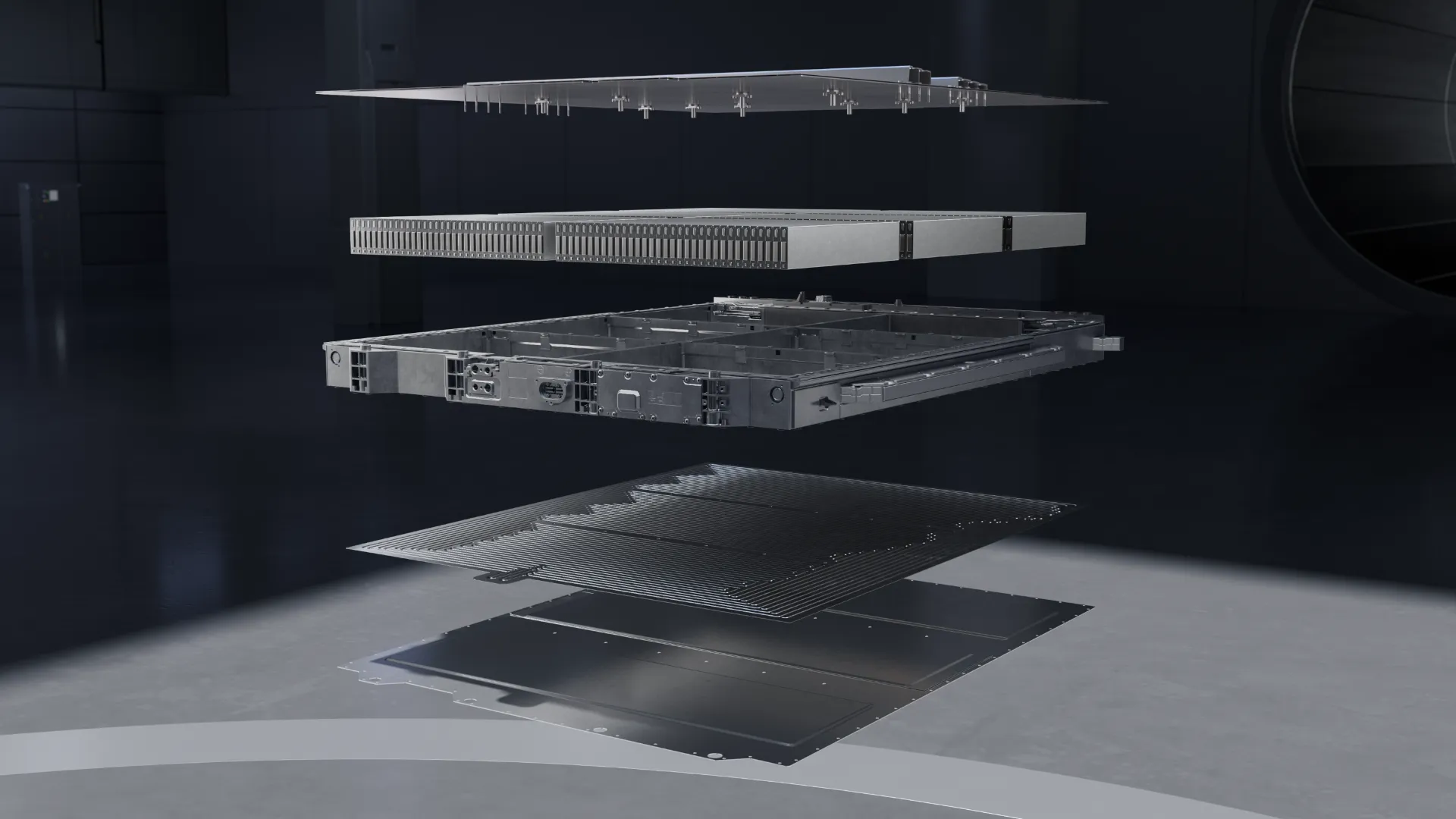
The U9’s performance credentials start with its e4 Platform—a power system with four independent electric motors as its core. This isn’t just about raw power; it enables torque vectoring so precise that the car can adjust power delivery to each wheel thousands of times per second.
“The U9’s computing platform processes thousands of torque adjustments per second,” says Dr. Li Wei, BYD’s Chief Technology Officer. “This means the car is constantly optimizing traction based on road conditions, driver input, and vehicle dynamics. It’s essentially solving a complex physics equation in real-time as you drive.”
This computational muscle is paired with hardware innovations that would make traditional supercar makers jealous. The DiSus-X intelligent body control system features a maximum adjustable suspension travel of up to 75mm, while its peak single-axis lifting speed of up to 500mm/s enables an instantaneous lifting force of over 1 ton. This allows the U9 to literally “jump” up to 50mm off the ground and even “dance” to music, party tricks that have gone viral on social media.
The aerodynamics are equally advanced. The U9 is equipped with 12 sets of active and passive aerodynamic packages to reduce drag coefficient and enhance heat dissipation efficiency. In track mode, the suspension stiffens, the ride height drops, and the aero elements reconfigure for maximum performance.
The U9 operates on an 800V high-voltage system with a 40ms response time, ensuring smooth operation and maximum power delivery. It can handle fast charging at up to 500 kW, significantly reducing charging times compared to most electric vehicles on the market.
Perhaps most impressive is the thermal management system. High-performance EVs generate enormous heat, and managing it is crucial for sustained performance. After rigorous track testing, the U9 has fine-tuned its thermal management system to better resist high temperatures, resulting in a 100% increase in maximum cooling capacity. This allows for multiple full-power acceleration runs without the performance degradation that plagues many electric performance cars.
Design Philosophy: Eastern Aesthetics Meet Hypercar Functionality
The U9’s design represents a departure from both Western hypercar traditions and Chinese automotive aesthetics. Adopting the YANGWANG “Time Gate” design language, the U9 is characterized by unique proportions, tension, and power. Lead designer Wolfgang Egger, formerly of Audi and Alfa Romeo, describes it as “a fusion of Eastern philosophical principles and hypercar functionality.”
The most striking element is the lighting. The U9 features what BYD calls a “crystal armor” light design, with thousands of individual LED elements that can create complex animated patterns. It’s theatrical in a way European hypercars rarely are, embracing a distinctly Chinese appreciation for visual drama.
“In Chinese culture, there’s less separation between art and technology,” explains Egger. “The lighting isn’t just functional—it’s expressive. It tells a story about the car’s capabilities and character.”
The body itself features a “Super Carbon-Fiber Cabin,” a structure made with advanced CTB (Carbon Tube Braided) technology. This contributes to an unprecedented torsional stiffness of 52,211 N·m/deg, and the single-side compressive load of the roof exceeds 11 tons, ensuring comprehensive travel safety. The doors open in a dramatic butterfly style—not quite the scissor doors of a Lamborghini, but equally theatrical. Inside, the cockpit features two 14-way adjustable seats and wraps around the driver with a minimalist approach that focuses attention on the road ahead.
What’s notably absent are the overt dragon motifs or traditional Chinese design elements that Western observers might expect. “We’re not creating a caricature of Chinese design,” says Egger. “We’re establishing what modern Chinese luxury and performance look like on the global stage.”
Driving Experience: Behind the Wheel of China’s Fastest Production Car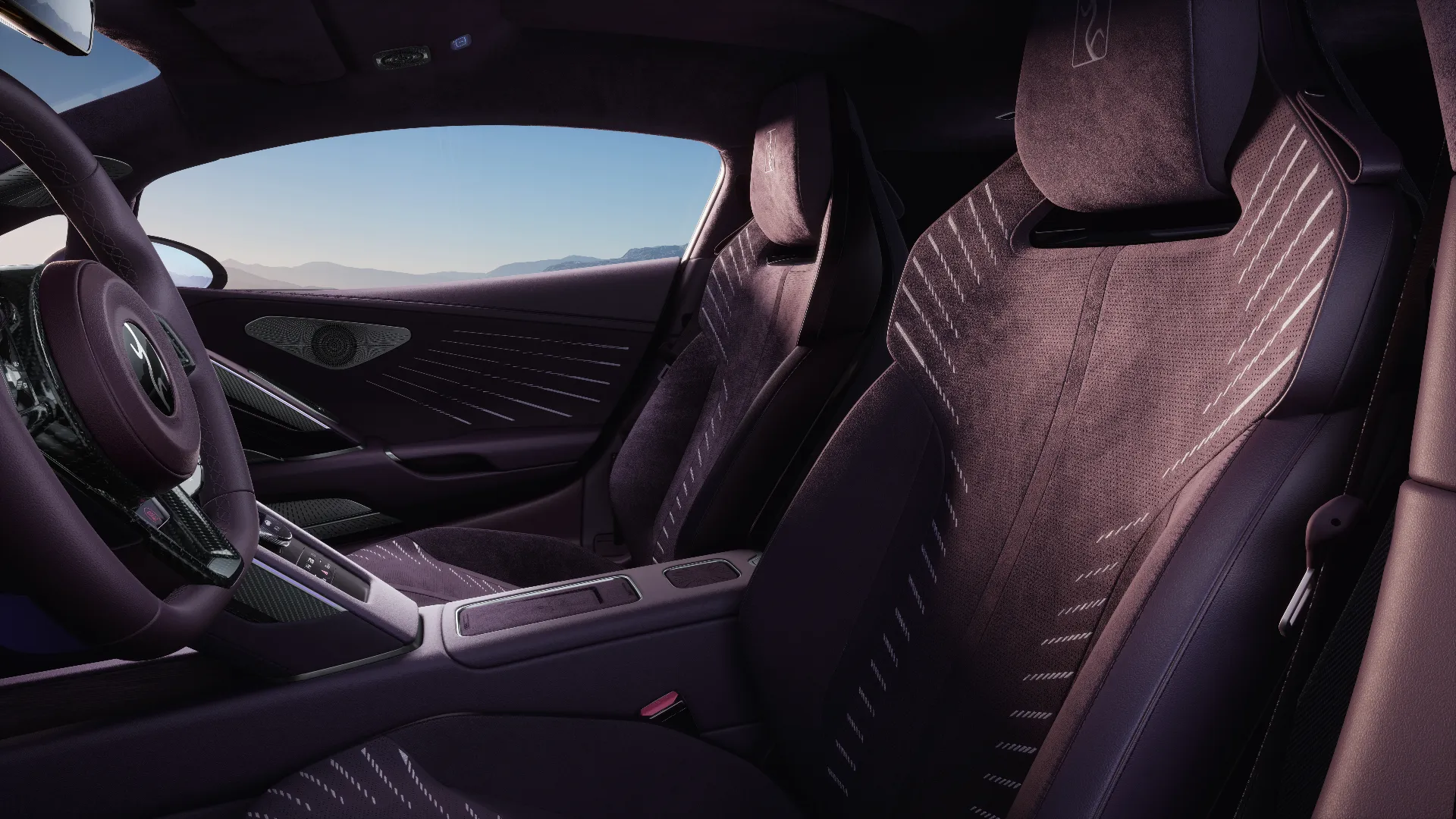
Getting behind the wheel of the U9 requires recalibrating your expectations. The initial acceleration is violent enough to trigger your body’s fight-or-flight response—0 to 100 km/h in 2.36 seconds means experiencing more g-forces than a space shuttle launch.
“It’s like being shot out of a cannon, but with perfect traction,” says professional driver Zhang Wei, who helped develop the U9’s track capabilities. “The e4 Platform with four independent motors means you never lose grip, even under full acceleration.”
What’s most surprising isn’t the straight-line speed—we’ve seen that from other electric hypercars—but the handling. Despite weighing over two tons (the unavoidable reality of current battery technology), the U9 feels remarkably agile. The low center of gravity from the floor-mounted battery pack helps, but it’s the sophisticated torque vectoring and the DiSus-X intelligent body control system that really transform the driving experience.
Take a corner too fast, and instead of understeer, you feel the outer rear motor adding power while the inner front motor reduces it, rotating the car precisely around the bend. It’s an entirely different approach to performance driving—less about managing weight transfer and more about letting the advanced computing system with its 27+ computing modules find the optimal torque distribution.
The braking system deserves special mention. The U9 uses a blend of regenerative braking and traditional carbon-ceramic discs, with the transition between the two being nearly imperceptible. From 60 mph, the car comes to a complete stop in just 98 feet—comparable to the best sports cars on the market.
Perhaps most impressive is the car’s ability to maintain performance over extended sessions. Where many EVs go into a reduced power mode after a few hard acceleration runs, the U9’s advanced cooling system allows for consistent performance lap after lap.
Technology Showcase: Innovations Beyond the Powertrain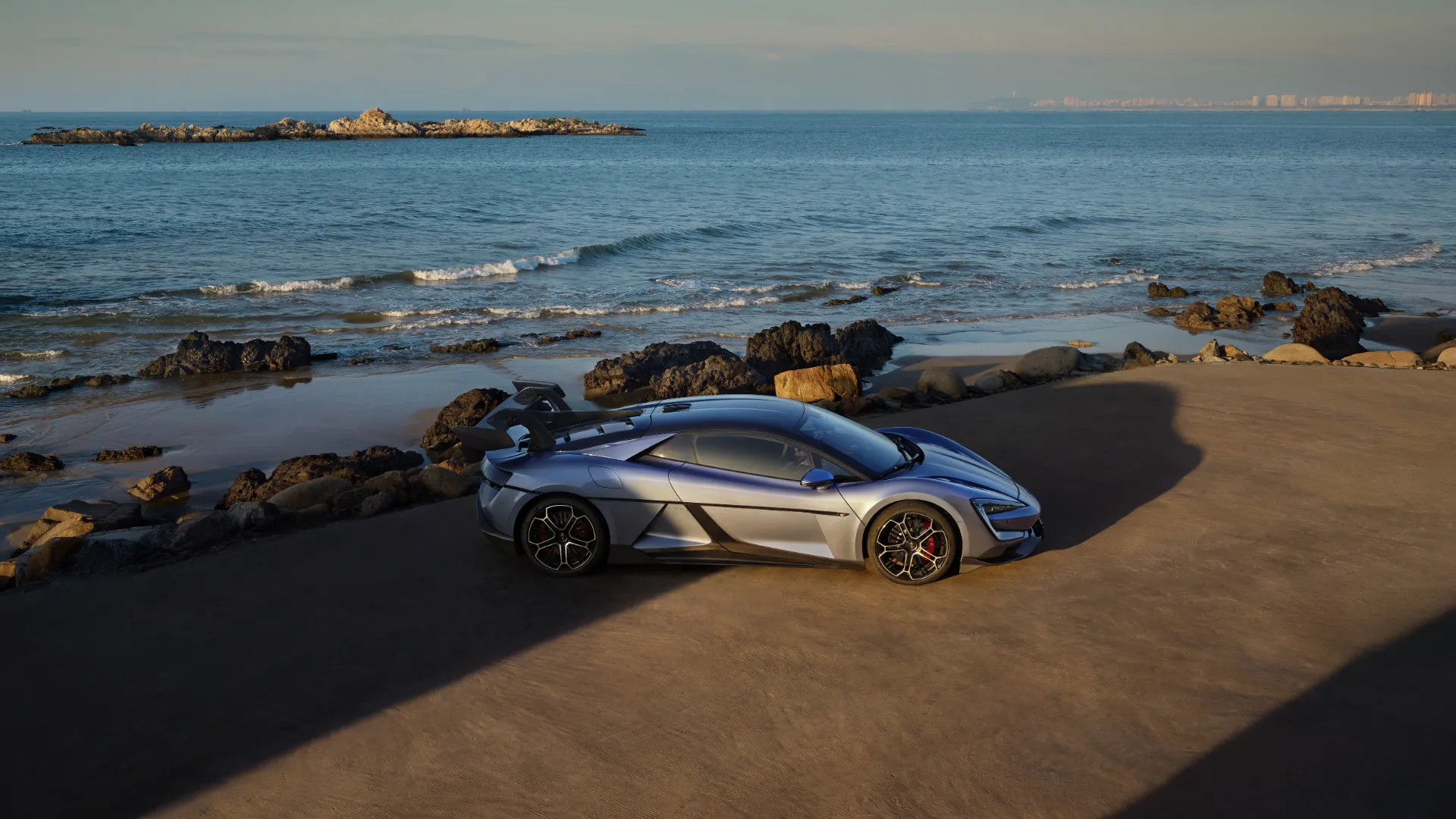
While the performance numbers grab headlines, it’s the technology integration that truly sets the U9 apart. The BYD U9 is equipped with the DiLink150 intelligent platform, powered by customized 4nm 5G chips. Specifically designed for track driving, it boasts an intelligent racing assistant, providing extensive track driving services with detailed information on nearly 30 racetracks across China.
The U9 introduces BYD’s most advanced driver assistance system yet, with multiple sensors including LiDAR, radar, and cameras providing a comprehensive view of the surroundings. While it’s not designed as an autonomous vehicle, the system can handle traffic jams and highway driving with minimal driver input.
Connectivity is comprehensive, with over-the-air updates that can improve everything from motor efficiency to infotainment features. The car even includes a drone pad in the rear deck—press a button, and a small drone launches to film your drive, automatically following the car while avoiding obstacles.
The interior features the Dynaudio Evidence Series high-end audio system, offering an immersive auditory experience. Sound design received particular attention. Since electric motors don’t produce the emotional soundtrack of a V12 or V8, BYD worked with audio specialists to create what they call “emotional acoustic feedback”—not fake engine noises, but original compositions that respond dynamically to how you’re driving.
“We wanted something authentic to the electric experience,” explains Li Ying, BYD’s audio engineer. “Not imitating combustion engines, but creating a new audio language for performance that enhances the emotional connection between driver and machine.”
Market Impact: What the U9 Means for Global Automotive Hierarchy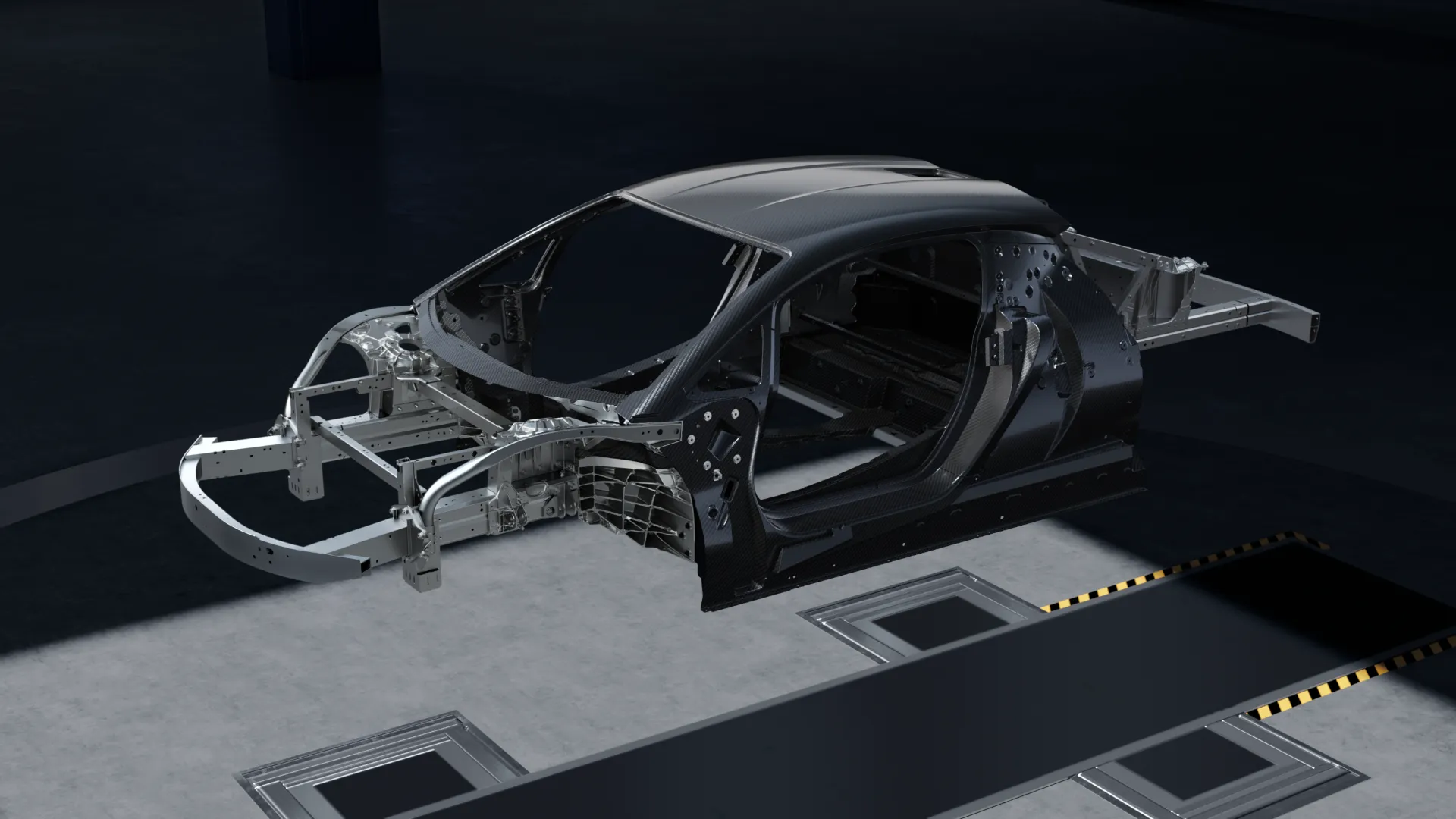
The U9’s significance extends far beyond its performance figures. It represents China’s first credible entry into the highest echelon of the automotive world—a space previously reserved for established European and occasionally American brands.
“The U9 is our statement that Chinese automakers can compete at any level,” says Stella Li, Executive Vice President of BYD. “We’re not just making affordable EVs anymore—we’re defining what’s possible in automotive technology.”
Industry analysts see the U9 as a watershed moment. “This is China’s Lexus LS 400 moment,” says automotive historian Robert Chen, referring to the 1989 luxury sedan that announced Japan as a serious competitor in the premium market. “It forces a reevaluation of assumptions about Chinese automotive capabilities.”
The pricing strategy is particularly disruptive. At ¥1.68 million (approximately $233,000), the U9 is expensive by any normal standard, but it’s a fraction of what Rimac, Lotus, or Pininfarina charge for their electric hypercars. This positions BYD in an interesting middle ground—more exclusive than a Tesla Plaid, but more attainable than European exotics.
The company has already announced that technologies developed for the U9 will filter down to their mass-market vehicles over time, particularly the e4 Platform and DiSus-X system innovations.
Future Implications: The U9’s Role in Reshaping Automotive Perceptions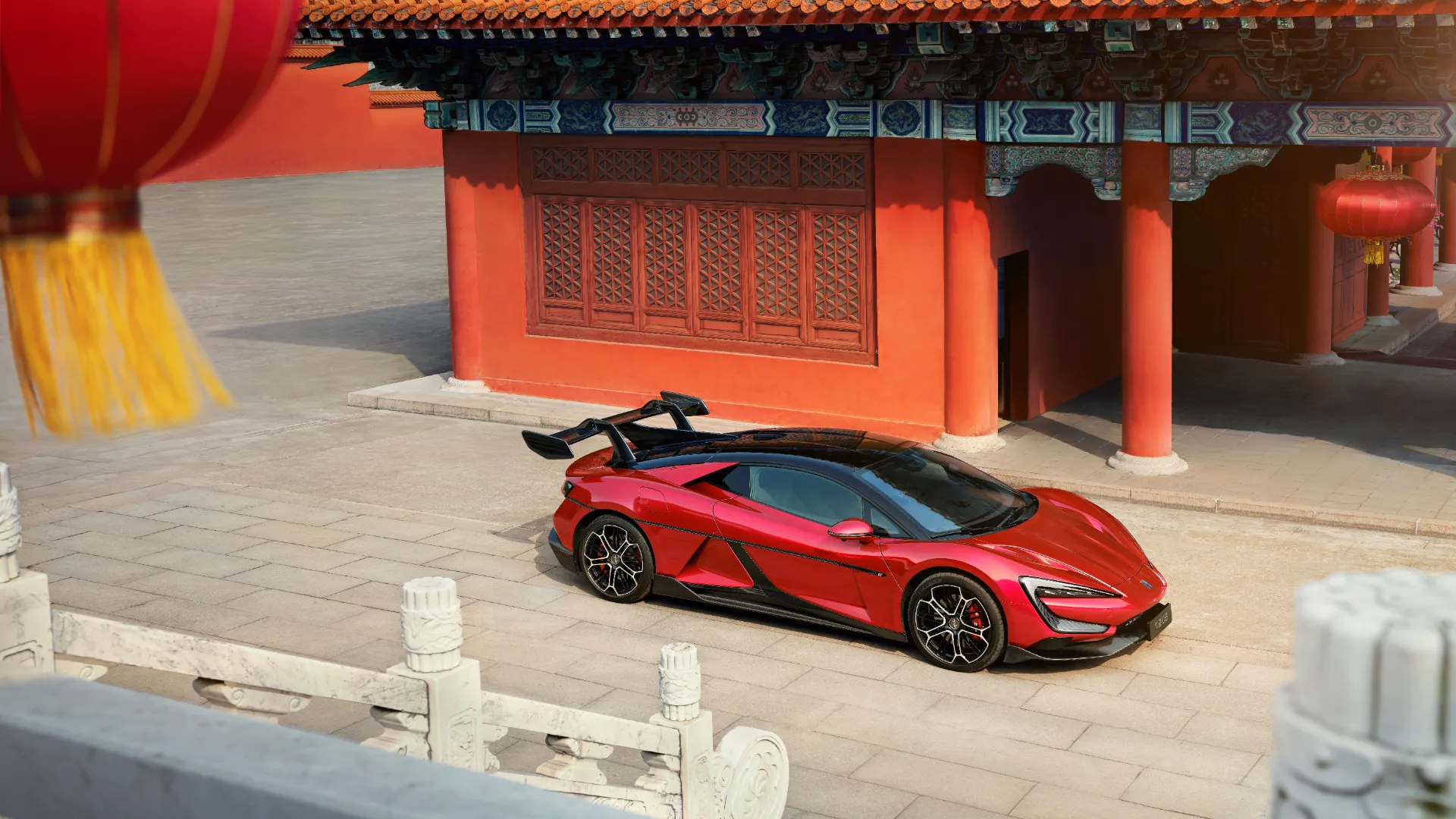
The U9 isn’t just a car—it’s a harbinger of a shifting global automotive landscape. As traditional markets like Europe and North America stagnate, China has become both the world’s largest auto market and its manufacturing powerhouse.
“What we’re seeing is the beginning of Chinese brands establishing themselves as technology leaders, not just value propositions,” explains Dr. Sarah Johnson, automotive industry analyst at McKinsey & Company. “The U9 accelerates this trend by demonstrating mastery of the most challenging vehicle category.”
The timing is significant. As the industry undergoes its biggest transformation in a century—the shift to electrification—the traditional advantages of incumbent automakers are being eroded. Electric powertrains are fundamentally different from combustion engines, requiring new expertise in batteries, power electronics, and software.
“BYD’s advantage is that they don’t have to unlearn a century of combustion engine development,” says Johnson. “They started with batteries and built their automotive expertise around electrification from day one. The YANGWANG sub-brand allows them to showcase their most advanced technologies without price constraints.”
The U9 also signals China’s growing confidence on the world stage. Rather than following the Japanese and Korean path of gradually moving upmarket over decades, Chinese automakers are making bold leaps into premium segments, backed by strong domestic demand and government support for new energy vehicles.
For Western luxury brands, the U9 represents both a challenge and an opportunity. The challenge is obvious—a new competitor with deep pockets and advanced technology. But it also creates an opportunity to redefine what luxury and performance mean in the electric age, potentially accelerating innovation across the industry.
Conclusion: A New Chapter in the Hypercar Narrative
The BYD U9 isn’t perfect. Critics point to its weight, the somewhat synthetic driving experience, and the lack of heritage that still matters to many hypercar buyers. The charging infrastructure in many countries remains inadequate for a car of this caliber. And yes, there’s still the lingering skepticism about Chinese quality and longevity that will only be dispelled with time.
But these criticisms miss the larger point. The U9 isn’t just competing with today’s hypercars—it’s redefining what a hypercar can be in the electric era. It brings technologies and manufacturing approaches that traditional exotic car makers will struggle to match, at a price point that makes the old guard seem increasingly out of touch.
For enthusiasts, the U9 presents a fascinating question: What matters more—the emotional connection to mechanical complexity and heritage, or the sheer capability and technological advancement that new players bring to the table?
There’s no single answer, but one thing is certain: the hypercar world will never be quite the same. The BYD U9 has earned its place at the table, forcing even the most established brands to take notice. In the high-stakes game of automotive one-upmanship, China has just played a very strong hand.
The future of performance isn’t just electric—it’s global in a way the automotive industry has never seen before. And that might be the most exciting development of all.
Have you seen the BYD U9 in person or have thoughts about Chinese hypercars entering the global stage? Share your perspectives in the comments below!

